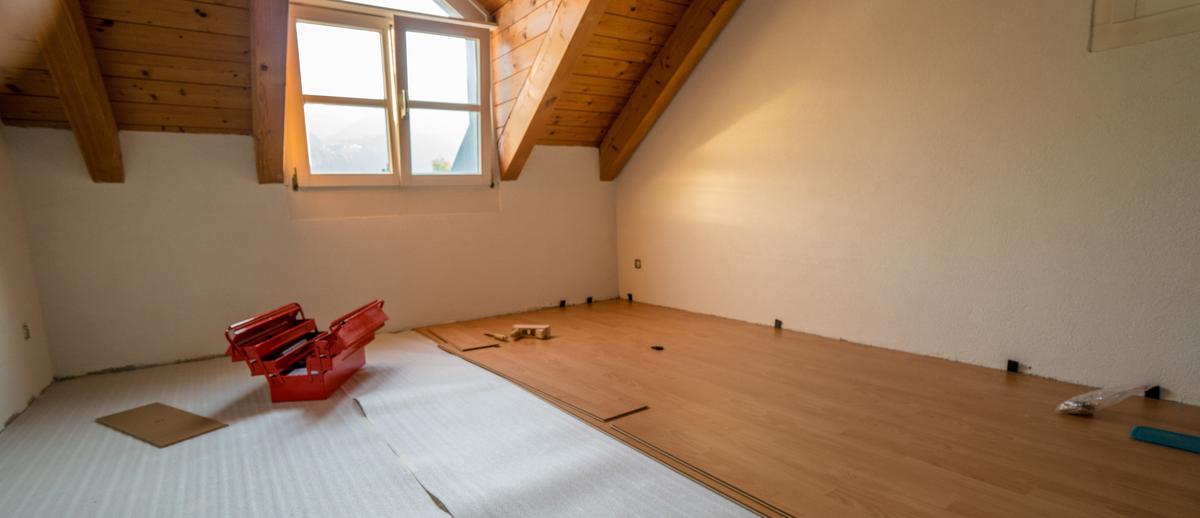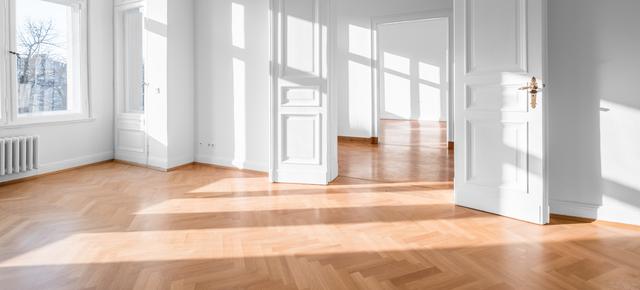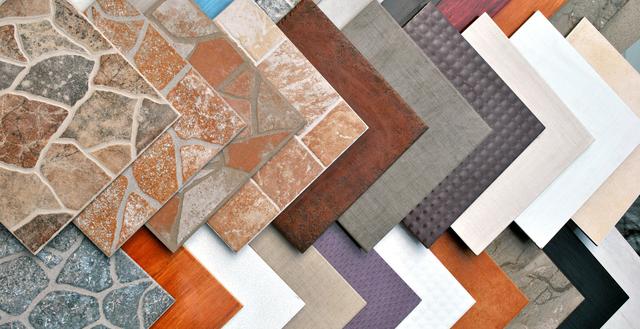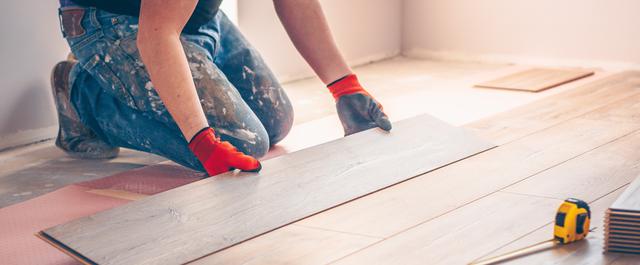Replacing your home flooring can be a daunting task, but with the right materials, it can be a rewarding DIY project. Before starting, it’s important to gather all the necessary materials to ensure a smooth and successful flooring replacement. In this article, we’ll discuss the essential materials needed for replacing your home flooring.
Tools
First and foremost, you’ll need a set of basic tools to help you remove the old flooring and install the new one. Some of the essential tools include a hammer, a pry bar, a utility knife, a tape measure, a straight edge, a chalk line, and a jigsaw. Additionally, a circular saw, a table saw, or a miter saw may be needed depending on the type of flooring you choose.
Flooring Materials
Choosing the right flooring material is crucial to the success of your flooring replacement project. There are various types of flooring materials available on the market, including hardwood, laminate, vinyl, and tile. Each type of flooring has its own unique features, advantages, and disadvantages, so it’s important to do your research and choose the one that best fits your needs and preferences.
Underlayment
Underlayment is a layer of material that is installed between the subfloor and the flooring material. It provides a smooth and stable surface for the new flooring to be installed on, as well as additional insulation and noise reduction. The type of underlayment you need will depend on the type of flooring you choose. For example, a foam underlayment is commonly used for laminate and vinyl flooring, while a cement backer board is used for tile flooring.
Adhesives
If you’re installing a flooring material that requires adhesive, such as tile or vinyl, you’ll need to purchase the appropriate adhesive for the job. There are different types of adhesives available for different types of flooring, so make sure to read the manufacturer’s instructions carefully and choose the right one for your flooring material.
Trim and Molding
Trim and molding are the finishing touches that give your new flooring a polished and professional look. They’re used to cover the gaps between the flooring and the walls, as well as to create transitions between different rooms or flooring materials. The type of trim and molding you need will depend on the type of flooring you choose and the design of your home.
Replacing your home flooring is a big project that requires careful planning and preparation. By gathering all the necessary materials beforehand, you can ensure a smooth and successful flooring replacement. Remember to choose the right tools, flooring material, underlayment, adhesive, and trim and molding for the job. With the right materials and a little bit of patience, you can transform the look and feel of your home with a brand-new floor.






comments